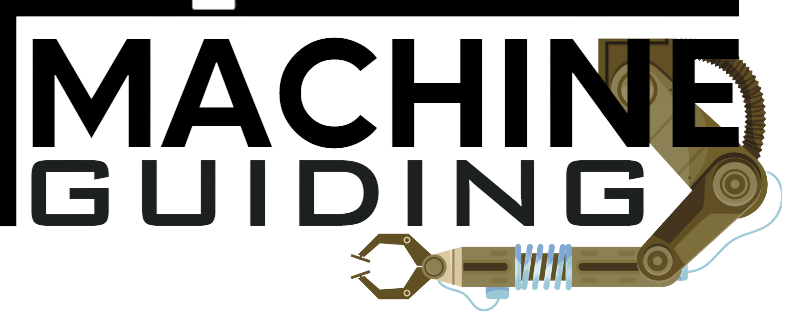Building recommendation systems using artificial intelligence (AI) involves several steps. Here is a descriptive guide to building recommendation systems using AI.
General Steps to build recommendation systems using AI
- Define the problem and goals of the recommendation system.
- Gather relevant data, including user preferences, item attributes, and historical interaction data.
- Preprocess the data by cleaning, normalizing, and transforming it into a suitable format.
- Choose a recommendation algorithm that aligns with your problem domain and data.
- Train the model using the training dataset to learn patterns and relationships.
- Evaluate the model’s performance using appropriate metrics to assess its accuracy and effectiveness.
- Fine-tune the model by iterating and refining it based on evaluation results.
- Deploy the recommendation system, integrating it into your application or platform.
- Monitor and maintain your system, gathering feedback and updating the model as needed.
- Continuously iterate and improve the recommendation system based on user feedback and advancements in the field.
Detailed Explanation of Each Step
The general steps to build recommendation systems using artificial intelligence for your business in detail are given below.
Define the problem
To build recommendation systems using AI, start by clearly defining the problem you want to solve with your recommendation system. Identify the specific goals, such as recommending products, movies, or articles, and determine the key metrics to evaluate the system’s performance.
Gather data
Acquire the relevant data for your recommendation system. This data typically includes user preferences, item attributes, and historical interaction data. You may collect data from various sources, such as user ratings, purchase history, or browsing behavior.
Preprocess the data
To build recommendation systems using AI, clean and preprocess the data to ensure high quality and compatibility with the recommendation algorithms. Handle missing values, remove noise, and transform the data into a suitable format for analysis. This step often involves data normalization, encoding categorical variables, and splitting the data into training and testing sets.
Choose a recommendation algorithm
Select an appropriate recommendation algorithm based on your problem domain and available data. There are various types of recommendation algorithms, including collaborative filtering, content-based filtering, and hybrid approaches. Each algorithm has strengths and weaknesses, so choose the one that best suits your requirements.
Train the model
To build recommendation systems using AI, use the training dataset to train your model. The model learns patterns and relationships within the data to make accurate recommendations. The training process depends on the chosen algorithm, but it generally involves optimizing the model’s parameters using techniques like gradient descent or matrix factorization.
Evaluate the model
Assess the performance of your recommendation system using appropriate evaluation metrics. Common metrics include precision, recall, accuracy, and mean average precision. Measure how well the system predicts user preferences or ranks the items accurately.
Fine-tune the model
Iterate and refine the AI model based on the evaluation results—experiment with different algorithms, feature engineering techniques, or hyperparameter tuning to improve the recommendation quality. Consider using cross-validation or A/B testing to validate the model’s effectiveness.
Deploy the recommendation system
To build recommendation systems using AI, integrate the trained model into your application or platform. Ensure that the system is scalable and can handle real-time recommendations. Implement the necessary infrastructure and backend components to serve recommendations to users effectively.
Monitor and maintain the system
Continuously monitor the performance of your recommendation system in a production environment. Monitor user feedback, track key metrics, and gather new data to improve the system over time. Regularly retrain or update the model to adapt to changing user preferences and item catalog.
Iterating and improving
Building recommendation systems is an iterative process. Collect user feedback, analyze the system’s performance, and iterate on the model and algorithms to enhance effectiveness. Stay current with the latest trends, research, and advancements to incorporate new techniques and improve the system’s capabilities.

Following these steps, you can develop a recommendation system that effectively suggests relevant items to users, enhancing their experience and increasing user engagement. Building effective recommendation systems is an ongoing process that continuously requires improvement and adaptation to changing user needs and preferences.















